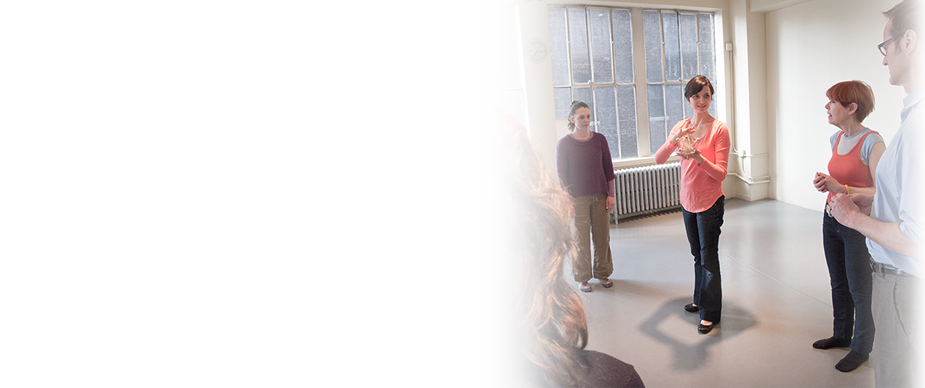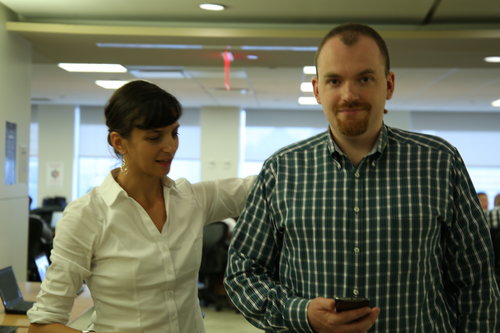Redefining Posture: Beyond Just Standing Straight
What’s the first word that comes to mind when you think of posture? What is your "posture" exactly? How do you improve it effectively without feeling uncomfortable and stiff?
Here are two definitions of posture from the Merriam Webster Dictionary:
1 - The position or bearing of the body whether characteristic or assumed for a special purpose
2 - a conscious mental or outward behavioral attitude
The first thing that I noted about these two definitions is that, neither of them describes posture as “standing up straight”. When I work with people they do learn stand up much straighter, but not by holding themselves up stiffly or in a locked position. Maintaining one perfect position isn't the key to improving your posture. Instead, your posture is the way you hold yourself in any position or movement. It’s how you hold yourself when you, check your phone, walk, eat soup, sit at work, and have a conversation. It’s not the actual position or movement itself, but how you are holding yourself while doing it.
Often the way we stand and sit is “characteristic” or habitual. When things are habitual, our experience of them can get warped...meaning that the way that we feel that we’re standing, sitting, and moving doesn’t always reflect how we are actually doing these things. Have you ever been surprised or horrified about your posture in a photo or video of yourself having had no idea as to how you were holding yourself when you were in that moment?
Most people see that horrifying photo and then try to change their posture by physically moving in to a new position to try and make themselves appear straighter. The result is generally stiff, uncomfortable, and unsustainable. This isn’t good posture.
So what is?
Posture is how we hold ourselves in any position or movement and it’s something we can improve. That’s part of the story. The other part is that it’s more holistic than simply a physical stance. The way we hold ourselves is part of our general behavior and attitude. It’s physical reflection of how we are feeling and reaction to all sorts of things, examples being stress at work and home, crowded trains, social situations, sitting in one spot and staring a screen for hours…to name a few.
Another key point is that although your improved posture will likely feel more balanced and easeful, it also may just feel plain strange and wrong until you get used to it. You also may have to face the situations you find most challenging during your day to make the greatest change in your posture - like rushing to meet a deadline, giving a presentation, spending hours on your computer or phone, or having to interact with someone you find difficult to communicate with. Learning to be aware of your posture in these situations is key to making lasting changes.
Alexander Technique lessons give you skills to be able to change your posture for the better by becoming more aware of hold your body and to be able to change your postural habits in various situations. It’s a process that works best with a bit of time a repetition and requires you to practice what you’re learning.
In my next post, I’ll tell my story and talk about how I went from being in almost constant discomfort, shy, awkward, and struggling in acting school to feeling comfortable in my body, confident, and purposeful. Stay tuned!



